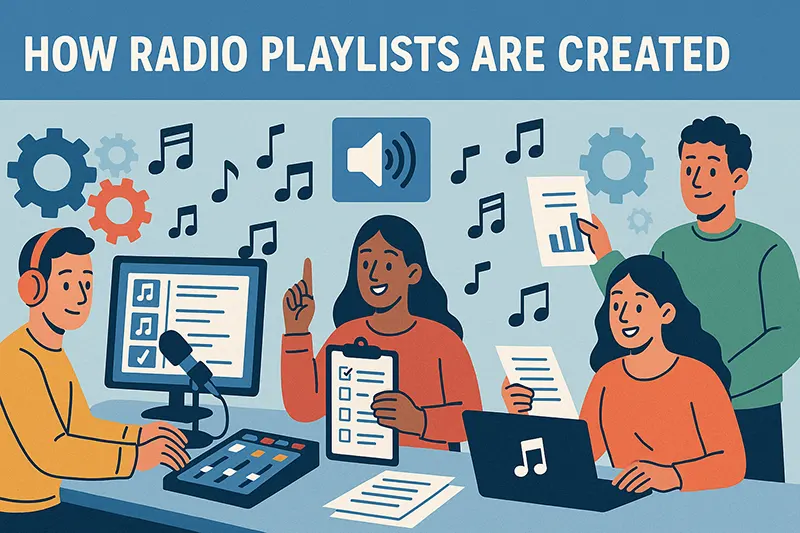The format of a radio station is a kind of “stumbling block” debated by both journalism professors and radio professionals. Some consider it too vague a concept, others believe it is the foundation of broadcasting. Still, there is a classical division of radio formats, and the content, including music, depends on which format a station adheres to.
Main Radio Formats:
- AC (Adult Contemporary) – The most common format, built around modern popular music for adult audiences. Typically includes hits from recent decades.
- CHR (Contemporary Hit Radio) – Focuses on current chart-topping hits. These stations often have limited playlists updated frequently.
- Rock / Jazz / Dance – Stations specializing in these specific genres.
- Easy Listening – Soft, relaxing music like trip-hop or soft rock.
- Urban – Plays hip-hop, rap, and R’n’B. Rare in FM broadcasting.
- Oldies – Retro music from past decades.
- Gold Hits – Timeless classics from all eras.
- News/Talk – Talk-focused stations featuring analysis, news, talk shows; music plays a minor role.
Subformats like soft AC or AOR (Album-Oriented Rock) also exist. While pure classical formats are rare today, the above categories form the programming foundation.
How Songs Get on the Radio
Each station has individuals (often a team) responsible for selecting songs. This may include the program director, producer, and senior staff. DJs cannot simply stream any song they like. Each track must pass a strict approval process and comply with copyright laws. Rights holders must authorize rotation.
To increase the chance of airplay, songs should ideally be:
- Short (under 4 minutes)
- Structured with vocals early and chorus before the first minute
- Free from long silence or instrumental intros
Radio scheduling favors short songs for filling time gaps. Silence on air is a major problem, so songs must flow smoothly.
How Playlists Are Built
Stations use software like PowerGold to manage playlists. Music is categorized by mood, tempo, and theme (hits, slow songs, weekend tracks, mourning playlists, etc.). Rules are defined for rotation timing, frequency, and song pairing. For example, songs with male and female vocals are alternated to keep variety, and mood consistency is maintained throughout the day.
Why Are the Same Songs Repeated?
CHR stations, designed for short listening sessions, repeat songs frequently due to chart focus and limited rotation. Even stations with rich libraries eventually become repetitive because new songs face lengthy vetting processes, while the golden archive remains mostly unchanged.
Some stations allow audience participation in choosing songs via voting or focus groups. However, the best solution for those tired of repetition is to switch stations. Try a mix of CHR, News/Talk, and Jazz formats for variety. Talk radio, in particular, has less music and thus feels less repetitive.


